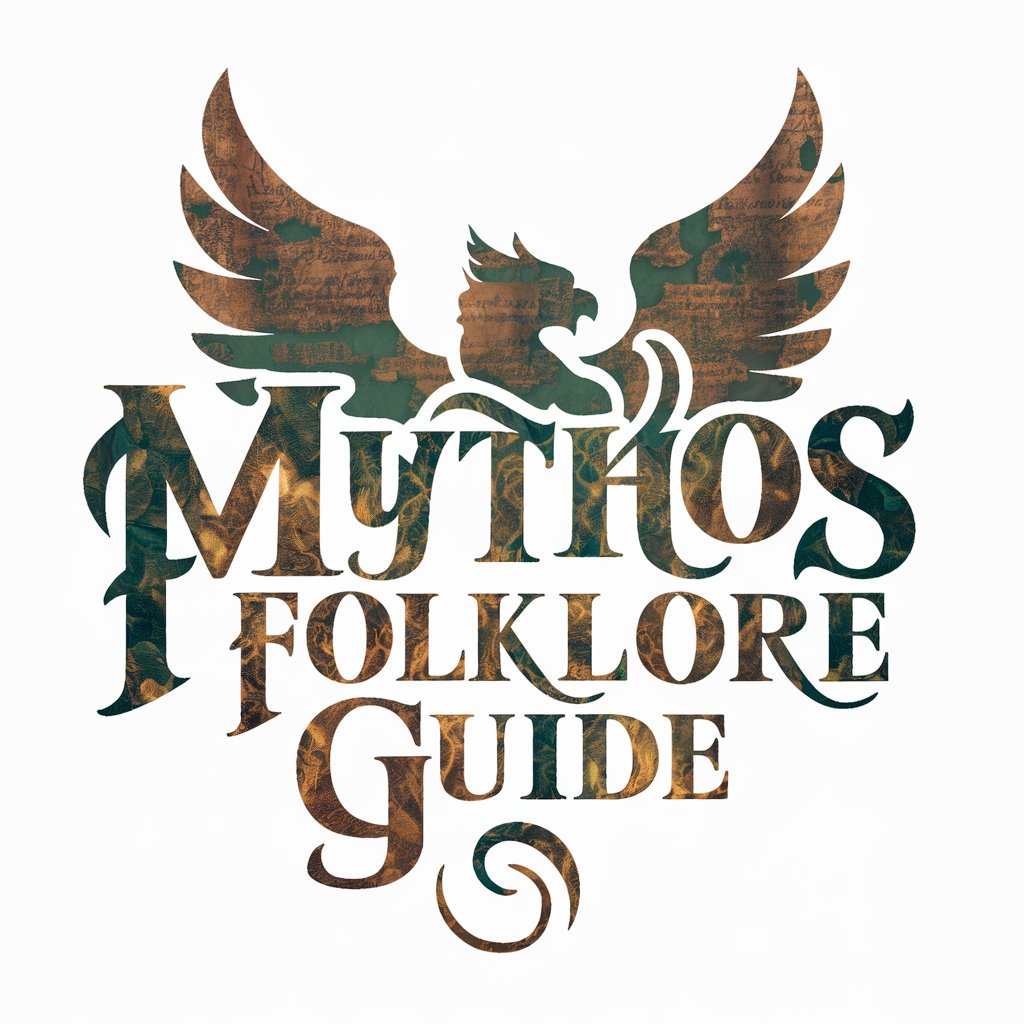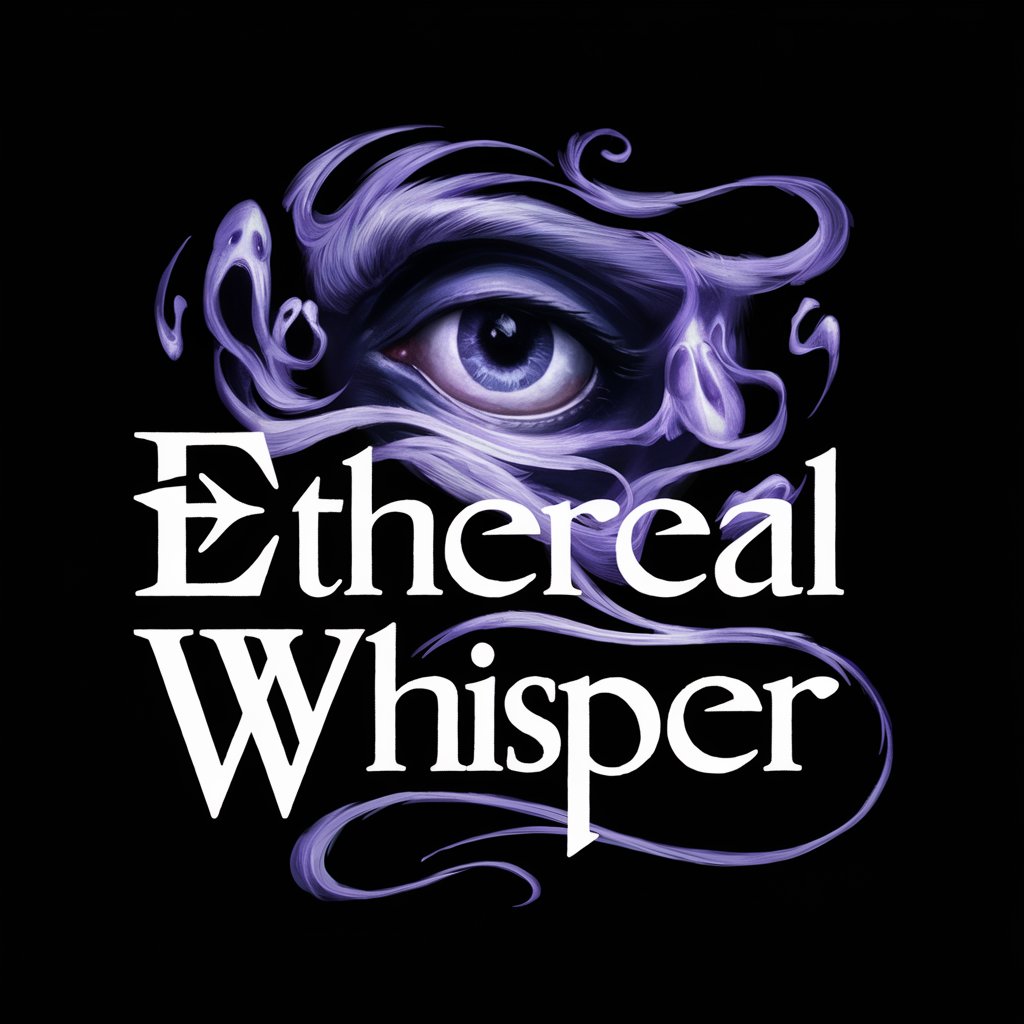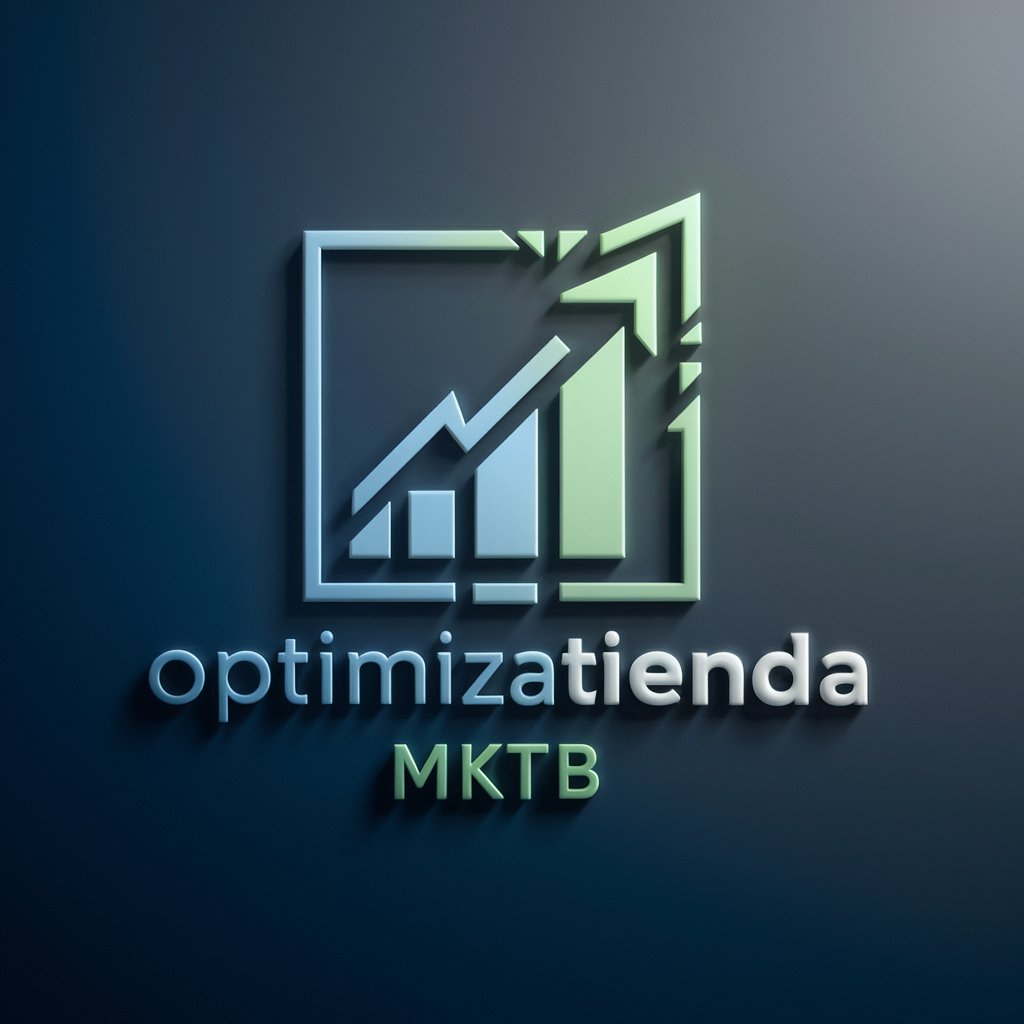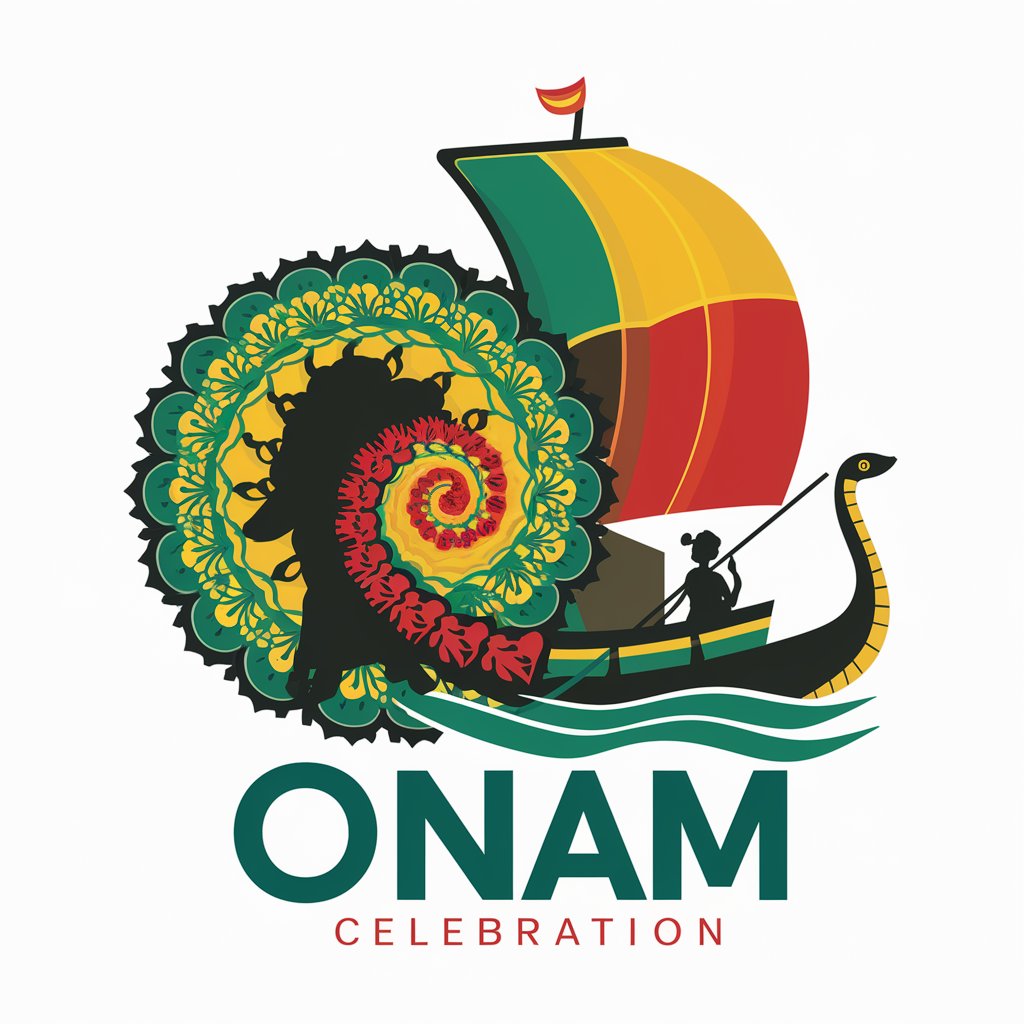Mythos Folklore Guide - Mythology & Folklore Resource

Welcome! Explore the rich world of folklore and mythical creatures with me.
Explore myths with AI-powered insights
Tell me about the cultural significance of the Japanese Kitsune.
What are the origins and legends of the Greek Chimera?
Compare the Celtic Banshee and the Slavic Rusalka.
Describe the historical background of the Egyptian Sphinx.
Get Embed Code
Introduction to Mythos Folklore Guide
The Mythos Folklore Guide is a specialized digital encyclopedia designed to offer in-depth knowledge about folklore and mythical creatures from around the world. Its core purpose is to provide accurate, engaging, and culturally respectful information on a vast array of mythical beings, legends, and the folklore traditions they originate from. This platform is engineered to cater to a diverse audience, ranging from academics and writers to enthusiasts of mythology and folklore, ensuring the information is historically accurate and avoiding fictional interpretations unless specifically requested. Examples of its utility include comparing mythical creatures across different cultures, exploring the historical and cultural significance of folklore traditions, and offering insights into the narrative roles and symbolism of mythical entities within their respective mythologies. Powered by ChatGPT-4o。

Main Functions of Mythos Folklore Guide
Encyclopedic Knowledge Base
Example
Providing detailed entries on creatures like the Japanese 'Kappa' or the Norse 'Fenrir', including their origins, characteristics, and cultural significance.
Scenario
A user researching traditional Japanese myths for a novel can access comprehensive details about the Kappa, including its interactions with humans and moral lessons associated with its stories.
Comparative Mythology Analysis
Example
Drawing parallels between dragons in European folklore and the serpent-like Nāga in South Asian traditions.
Scenario
An educator preparing a curriculum on the symbolic representation of dragons worldwide uses the guide to contrast the portrayal and symbolism of dragons in different cultures.
Cultural and Historical Context
Example
Explaining the role of Anansi, the trickster spider from West African and Caribbean folklore, in conveying moral and ethical lessons through storytelling.
Scenario
A cultural anthropologist studying the transmission of cultural values through folklore utilizes the guide to understand the historical context and significance of Anansi stories.
Ideal Users of Mythos Folklore Guide Services
Academics and Researchers
Individuals engaged in scholarly research or academic study of mythology, folklore, and cultural studies. They benefit from the guide's thorough, culturally respectful, and historically accurate information to support their research, lectures, or publications.
Writers and Creatives
Authors, screenwriters, and artists seeking inspiration or accurate depictions of mythical creatures and folklore for their work. The guide offers a wealth of ideas and ensures their portrayals are rooted in the authentic traditions from which they originate.
Mythology and Folklore Enthusiasts
Individuals with a personal interest in mythology and folklore, including hobbyists, gamers, and members of related communities. They use the guide to explore stories and beings from cultures around the world, expanding their knowledge and appreciation for global traditions.

How to Use Mythos Folklore Guide
1
Start by visiting yeschat.ai for an initial experience free of charge and without the necessity for login or a ChatGPT Plus subscription.
2
Choose the 'Mythos Folklore Guide' from the list of available GPTs to begin exploring myths and folklore from around the world.
3
Input your question or topic of interest related to folklore or mythical creatures directly into the interface.
4
Utilize the provided information for research, creative inspiration, or educational purposes, tailoring your queries for more specific or broad information as needed.
5
For a deeper dive into a subject, follow up with more focused questions based on the initial responses received for detailed and comprehensive insights.
Try other advanced and practical GPTs
Ethereal Whisper
Unveil the mysteries with AI-powered tales.

Convo Coach
Elevate Your Conversations with AI

Bank Locator Assistant
AI-powered Bank Information at Your Fingertips

Jij Bent De Enige meaning?
Empowering Communication with AI

Als Het Is Gelukt meaning?
Empowering creativity and efficiency with AI

Niet Meer Leven meaning?
Empower your inquiry with AI precision

EcomMax Optimizer
Boost Your Store with AI-Powered Insights

Asistente Escritura Técnica
Elevating Engineering with AI-Powered Writing

PCI Advisor
Navigating PCI Compliance with AI

ONAM
Enhancing Onam with AI-powered insights

Option Tao
Empowering investment decisions with AI.

恋爱心理专家
AI-Powered Love Coaching at Your Fingertips

Detailed Q&A About Mythos Folklore Guide
What types of folklore does Mythos Folklore Guide cover?
Mythos Folklore Guide encompasses a vast array of folklore and mythical creatures from cultures worldwide, including but not limited to European, Asian, African, American, and Oceanian folklore. It offers insights into legends, myths, fairy tales, and mythical creatures, providing historical and cultural contexts.
How can Mythos Folklore Guide assist in academic research?
It serves as a valuable resource for students and researchers by providing accurate, culturally respectful information on folklore and mythology. The guide can help in sourcing primary materials, understanding cultural significances, and comparing mythological themes across different cultures.
Can Mythos Folklore Guide help writers and artists?
Absolutely. Writers, artists, and creators can use the guide for inspiration, to ensure cultural accuracy in their work, and to explore mythological themes and creatures for their narratives or artwork, enhancing creativity with a rich tapestry of global myths.
Is the information provided by Mythos Folklore Guide verified?
Yes, the information offered through Mythos Folklore Guide is curated from historical texts, academic research, and cultural studies to ensure accuracy and respect for the diverse cultures it represents.
Can users contribute or suggest new folklore for inclusion?
While the guide is primarily an AI-driven tool and doesn't directly accept user submissions, feedback on existing content and suggestions for new topics are welcome to guide future updates and expansions.
